- High Voltage AC / DC Testers & Test Systems 27
- High Voltage Insulation Testers & Megohmmeters 38
- Production Line Safety Testers 14
- High Voltage Tester Accessories 109
- Relay Test Sets & Circuit Breaker Analysers 23
- Primary Current Injection Test Sets 9
- Secondary Current Injection Test Sets 5
- Current Injection Accessories 14
- Low Resistance Ohmmeters 66
- Battery Testers 19
Call 01642 931 329
- Main:01642 931329
- Manchester:0161 674 0167
- London:0203 829 5779
- Belfast:02890 024827
- Hamilton:01698 532501
- Leeds:0113 512 7664
High Voltage Testing & Diagnostics
About High Voltage Testing & Diagnostics Equipment
High voltage systems require specialist testing devices to carry out maintenance. Conventional test equipment is generally made for use on lower voltage systems, so is unsuitable for safe usage on HV installations.
Live high-voltage lines in particular must be tested using correctly earthed and insulating equipment that ensures that the user won't receive extremely powerful electrical shocks. Live line testers come in various forms ranging from smaller devices up to long poles designed for hooking onto HV systems without the need to use insulating ladders and other equipment.
These devices work by using an insulated pole attached to an indicator that alerts the user to the presence of voltage on a system. As the device is insulated and earthed the flow of electricity will not pass down the tester and into the person holding it, instead returning safely down to earth. Live line testers are also compatible with specific adapters known as bent-end adaptors. These are used for direct connection to switchgear or similar applications and come in different angles for use on different types of equipment.
It is of the utmost importance that insulated live line testers are regularly checked for efficiency via the use of a high-voltage proving unit. These devices should be used both before and after testing to ensure that the live line tester is working correctly and its generated result values are not outside the norm. Proving units such as those on the site are ideal for this purpose.
Phase comparators are also used commonly on high voltage systems, allowing the user to compare phases by the use of dual-pole devices that are made for attachment to the HV system under test. Like live line testers, these can generally be hooked onto overhead lines, switchgear, and other applications and indicate phase either via visual indicators or by the use of analogue meters attached to the rod.


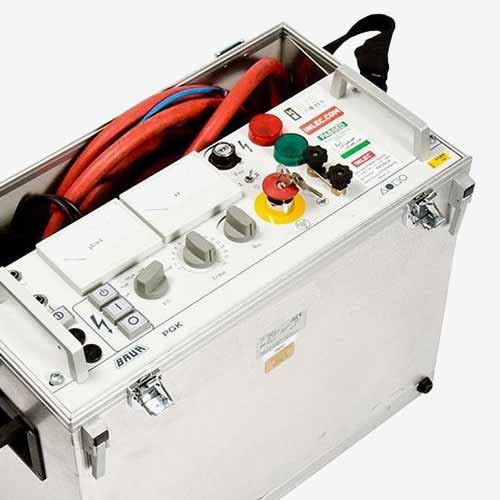 High Voltage AC / DC Testers & Test Systems
High Voltage AC / DC Testers & Test Systems
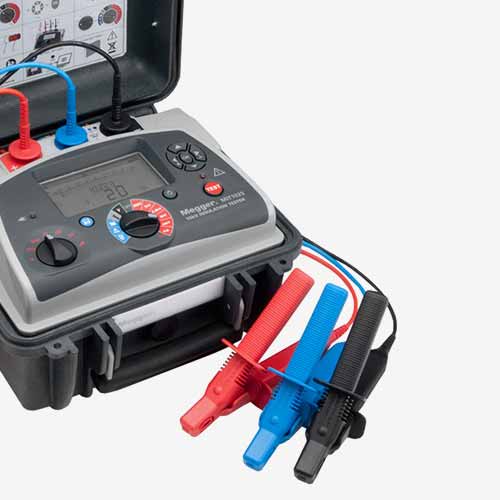 High Voltage Insulation Testers & Megohmmeters
High Voltage Insulation Testers & Megohmmeters
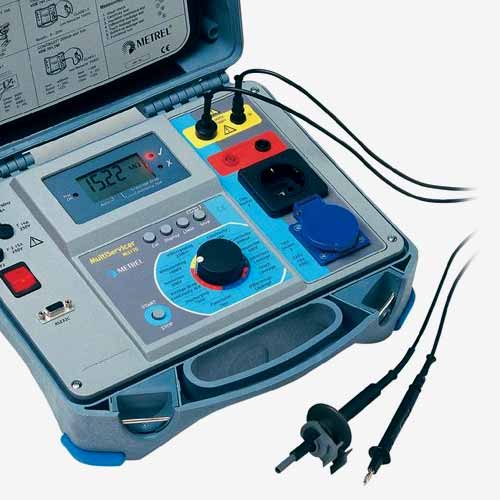 Production Line Safety Testers
Production Line Safety Testers
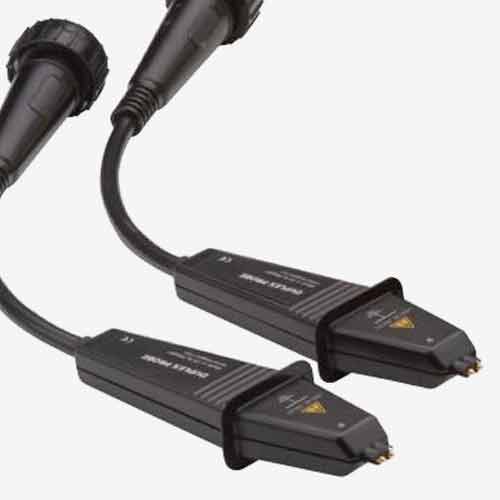 High Voltage Tester Accessories
High Voltage Tester Accessories
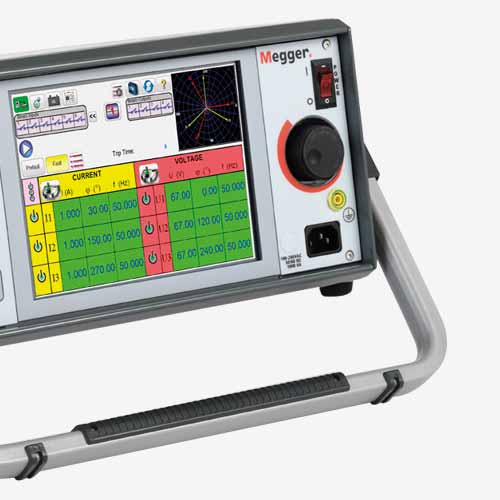 Relay Test Sets & Circuit Breaker Analysers
Relay Test Sets & Circuit Breaker Analysers
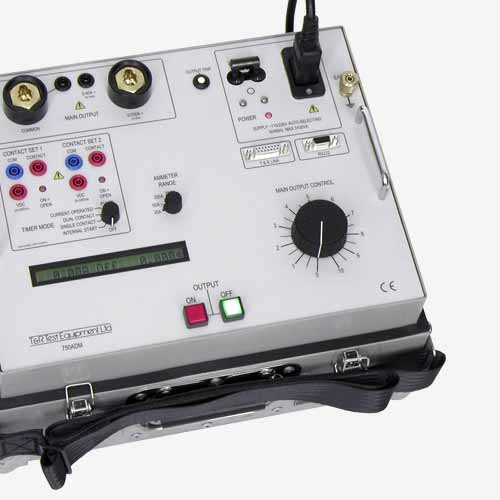 Primary Current Injection Test Sets
Primary Current Injection Test Sets
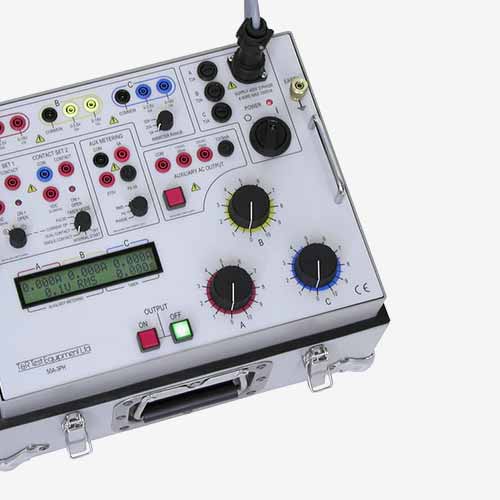 Secondary Current Injection Test Sets
Secondary Current Injection Test Sets
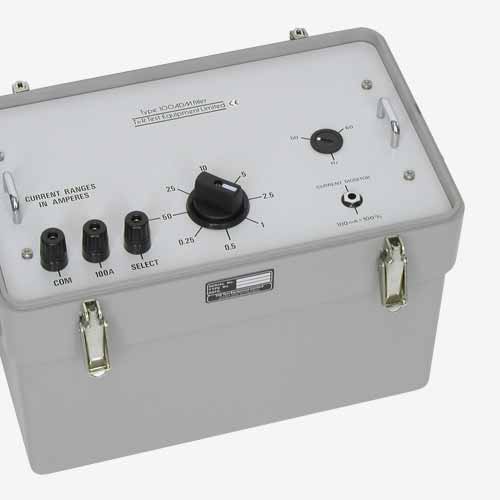 Current Injection Accessories
Current Injection Accessories
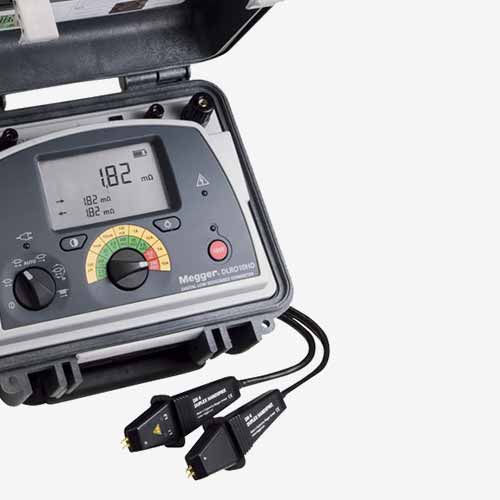 Low Resistance Ohmmeters
Low Resistance Ohmmeters
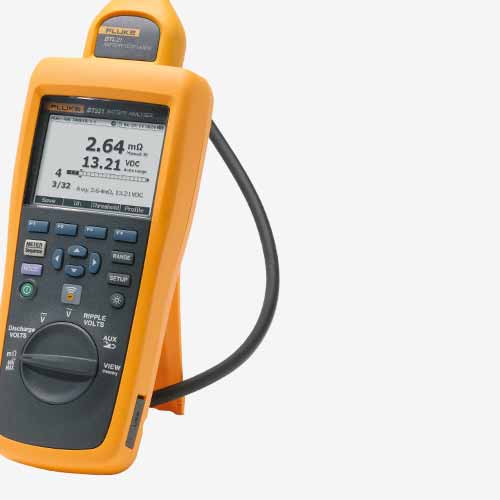 Battery Testers
Battery Testers
